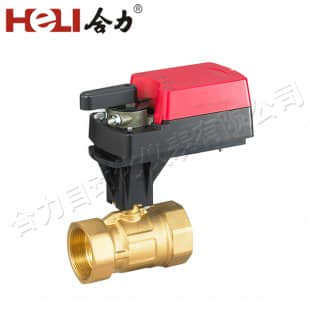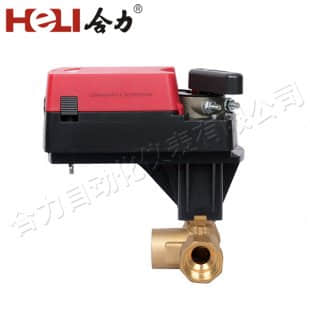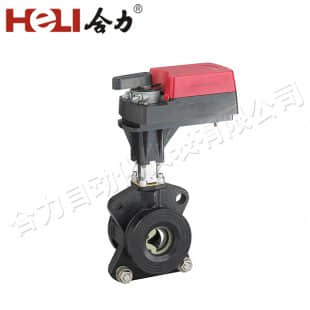The Damper Actuator, a vital component in Heating, Ventilation, and Air Conditioning (HVAC) systems, performs a crucial role in managing the indoor environment. Its primary function is to control the opening and closing of dampers, thereby regulating airflow within the system. This article explores the significance of the damper actuator, its working principles, and its impact on the overall performance of HVAC systems.

Firstly, let’s delve into the working mechanism of the damper actuator. This device is typically actuated by either electric or pneumatic means. Electric damper actuators use motors to move the damper blade to desired positions, while pneumatic actuators rely on compressed air to operate. Both types offer precise control over damper positions, ensuring optimal airflow regulation.

The importance of the damper actuator lies in its ability to adjust airflow based on the needs of the indoor environment. By precisely controlling the opening and closing of dampers, the actuator helps maintain desired temperature and humidity levels. This is particularly crucial in large buildings or industrial facilities where maintaining a comfortable and productive indoor climate is essential. Moreover, the damper actuator contributes to energy efficiency. By regulating airflow, it ensures that heating and cooling systems operate at their peak efficiency, reducing energy consumption and associated costs. This not only benefits the bottom line of building owners and operators but also aligns with the global push towards sustainable building practices.
